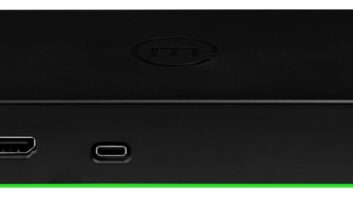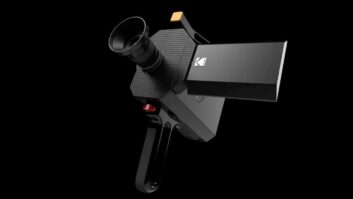New York – IHS iSuppli is reporting
that the catastrophe in Japan could result in “significant shortages of certain
electronic components, potentially
causing pricing for these devices to increase dramatically,” and Toshiba
issued a statement on the status of two of its key semiconductor plants.
The research firm said there are few
reports so far of actual damage to production facilities in Japan, but the “impacts
on the transportation and power infrastructure will result in disruptions of
supply.”
Among the components expected to be
in short supply and have higher prices will include NAND flash memory, dynamic random access memory (DRAM),
microcontrollers, standard logic, LCD panels, and LCD
parts and materials, IHS iSuppli said.
Japan also is the
world’s largest supplier of silicon used to make semiconductor chips — at about
60 percent of the global total, the research firm said.
If this
supply is disrupted due to the logistical and infrastructure challenges Japan
is facing, this will have an impact not only on NAND flash memory, DRAM,
microcontrollers, standard logic, LCD panels and LCD parts, it will also affect
other families of products such as discretes, i.e. MOSFETs, bipolar transistors
and small signal transistors.
Infrastructure challenges will slow or suspend shipments
from Japan during the next two weeks, the firm said. However, the global supply
chain has about two weeks of excess component inventory in the pipeline for
semiconductor parts affected by the quake. Because of this, the shortages are not likely to appear until
the end of March or the start of April. Just the same, these shortages and
their price impact are likely to linger until the third quarter.
Before the disaster, semiconductor inventories in the global
semiconductor supply chain were at high levels, IHS iSuppli said.
Pricing for higher-density NAND flash already has climbed by
as much as 10 percent on the spot market, which buyers use to procure
relatively small quantities of parts. However, IHS does not expect price
volatility for OEM DRAM customers, and it is likely that the average selling
price for major OEM customers on the contract market will hold steady for
sustained periods of time until the supply chain moves past the infrastructure
challenges.
Spot-market DRAM
pricing also is surging, rising by as much as 7 percent since Friday.
Contract pricing is holding steady for the time being, but modest increases are
likely as contracts are renegotiated, the company said.
Most of country’s largest electronic component producers
operate their manufacturing facilities far to the south of the epicenter of the
quake and the areas most impacted by the tsunami, so damage was negligible,
the company said,
However, infrastructure problems — shipping components,
getting raw materials, having adequate power and getting workers to facilities — will slow production.
For example, IHS
iSuppli quoted Toshiba, the world’s second-largest producer of NAND flash, which said
shipments of NAND from its central Japan plant could drop by up to 20 percent
in January and February.
However, leading NAND supplier Samsung
Electronics of South Korea should be able to partially compensate for the
shortfall.
Separately, Toshiba issued a statement on its two major
semiconductor manufacturing facilities yesterday.
Its Iwate Toshiba Electronics plant, in Kitakami City, Iwate prefecture, which produces logic LSIs for consumer and industrial applications,
remains out of operation since the region was hit strongly by the earthquake. “There
appears to be no significant damage to the factory building, and the company
has started to examine the extent of the damage to production equipment, aiming
to recover operations. The outlook for when the factory can resume production
is uncertain.”
At itsYokkaichi Operations facility, Toshiba’s fabrication
base for NAND flash memories, in Yokkaichi City, Mie prefecture, the company
has two 300mm wafer fabrication facilities. Two fabs temporarily stopped
operations on March 11, but afterward resumed operation and are now operating
normally. “We are still carefully examining any possible impact on the
production equipment caused by the earthquake but the effect so far is
minimal,” Toshiba said.
For other manufacturers, IHS iSuppli said Hitachi’s fab is closest
among the small/medium display facilities to the earthquake site. Production at
this Hitachi fab was halted on Monday to gauge the impact on the quake. Even if
no structural damages are found, production is likely to be impacted by the
ensuing interruptions in the power supply. Hitachi supplies displays for the
Nintendo DS handheld video game system and for LG cellphones. If the display
production is shut down for a month or more, it could impact delivery of these
panels.
Production from Panasonic’s 6th-generation LCD fab in Japan
that produces LCD TV panels for use in Panasonic televisions and in Chinese
brands may have been impacted temporarily because the facility is near the
earthquake’s peripheral zone, IHS said. Preliminary information shows that most
production of components in Japan for use in large LCD such as glass, color
filters and polarizers were not impacted. However, power supply issues may
impact future production and supply of the these LCD components. If production
continues to be interrupted, it may impact availability and result in price
increases, the company noted.
There are
indications of interruptions of supplies of components used to make LCD panels.
Production of color polarizers at Fuji Film has been impacted, which may impact
pricing of this key component.













